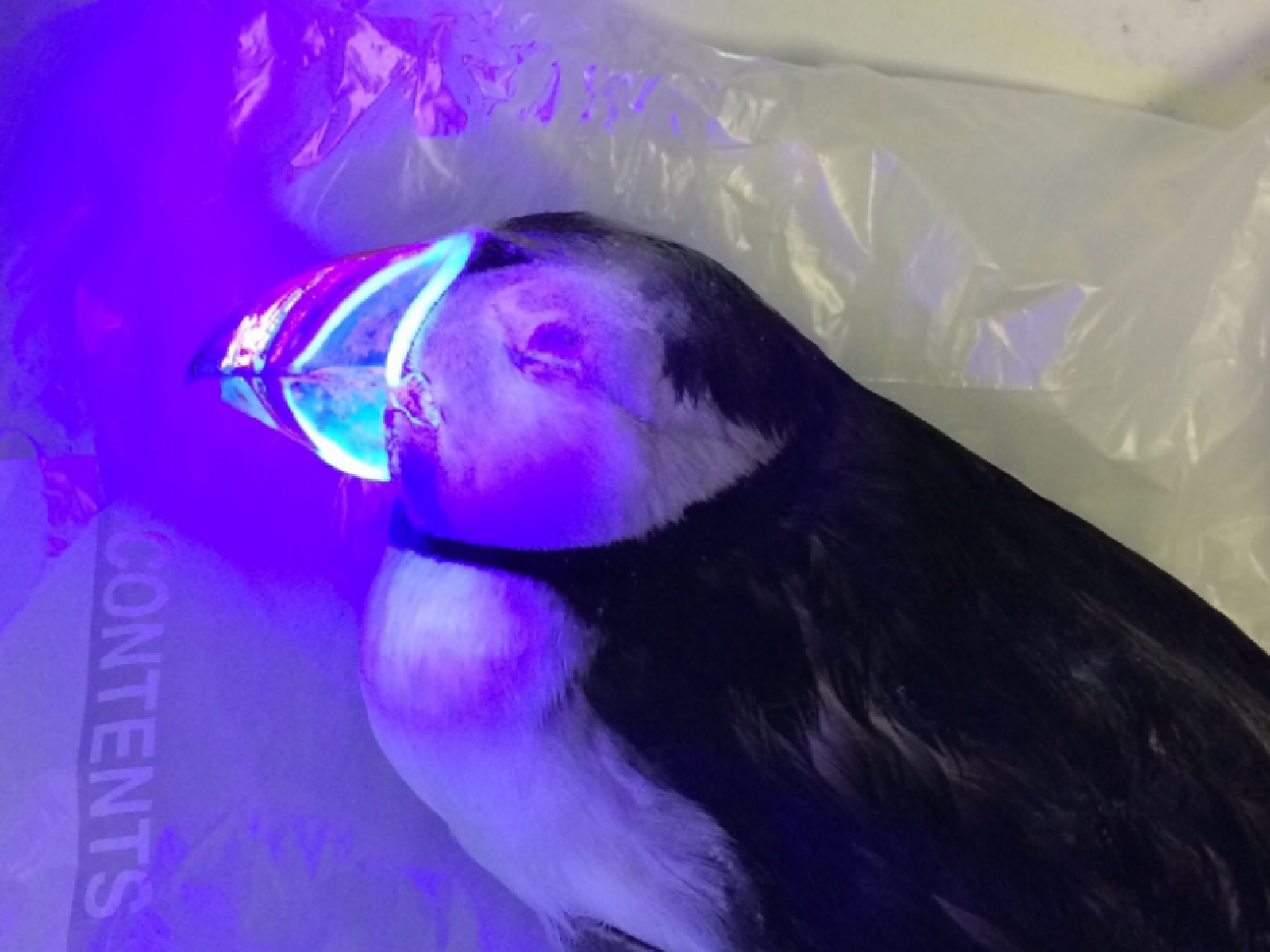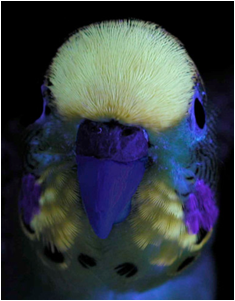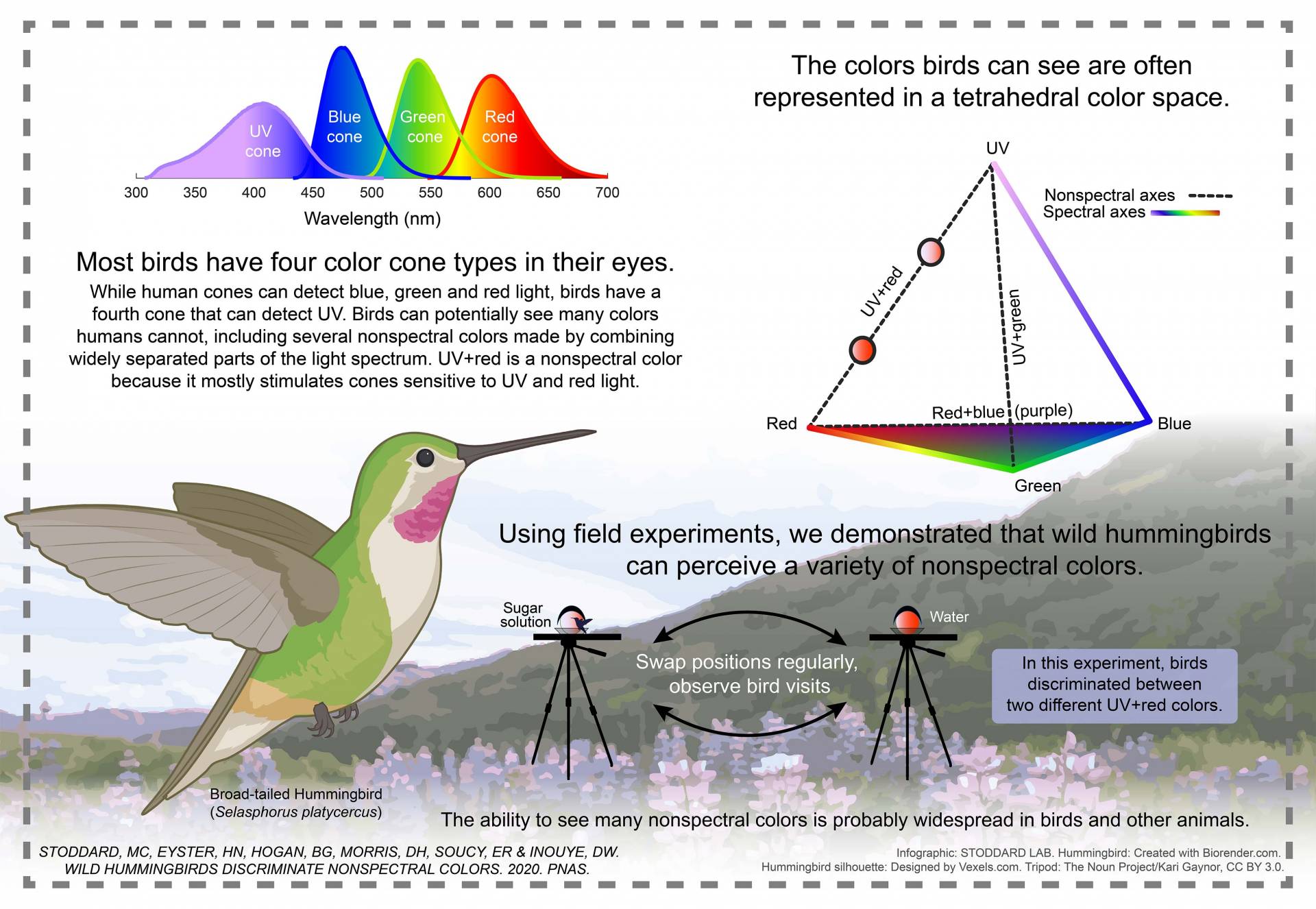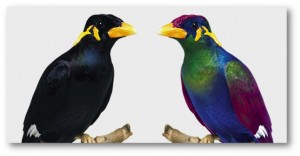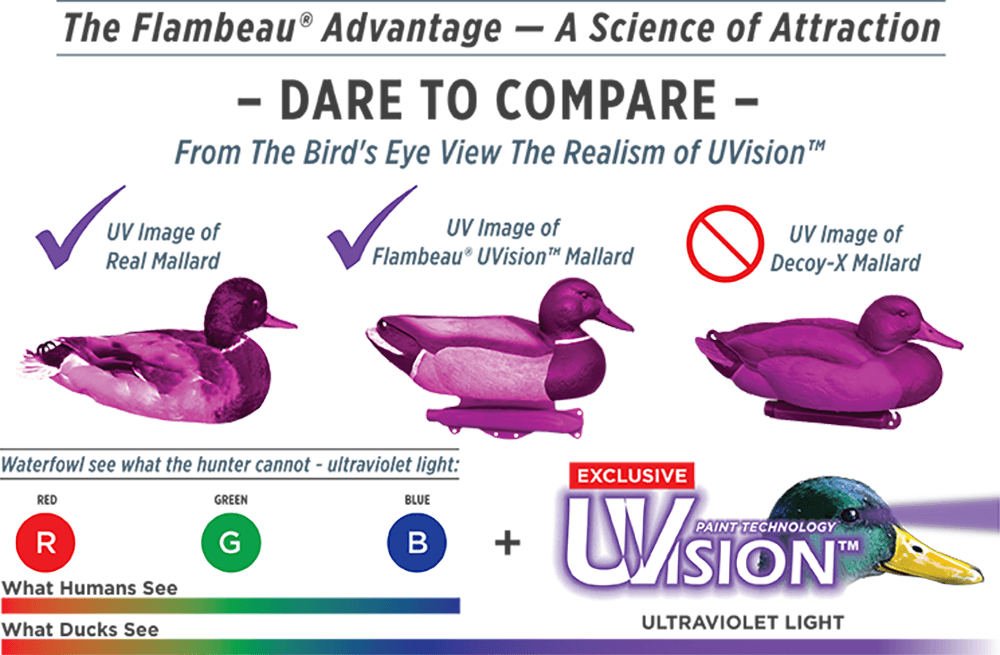
How the ability to perceive ultraviolet light permits birds to see what human eyes cannot - BirdWatching

Photography of the Invisible World: European Starling - Sturnus vulgaris in reflected ultraviolet and simulated bird vision photography
Some birds, like owls and ravens, can see in ultraviolet. Here, the wings are under a UV light revealing their hidden colors. This is how they see each other. (Source: https://ecoviacentral.org/2016/08/14/scisun-looking-at-the-world-with-rose-colored ...
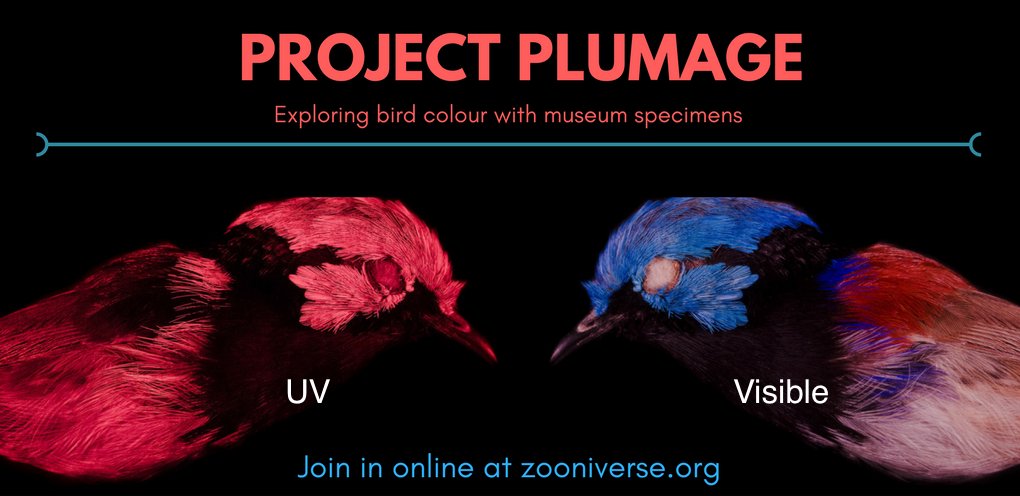
Twitter 上的Mark My Bird:"We're not just interested in bird plumage as we see it, but also how it looks under UV light. This is because birds, as well as seeing what


